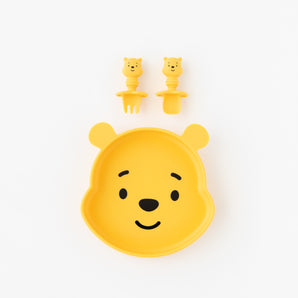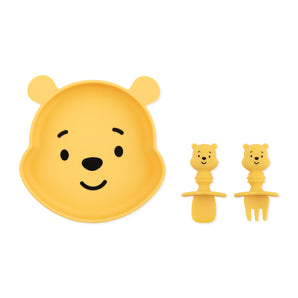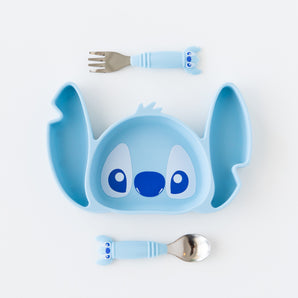One of the most significant milestones in a baby's life is the transition from being solely breastfed or formula-fed to incorporating solids. This transition can be both exciting and daunting for parents. In this article, @kristen.carli, MS, RD, provides valuable tips to help parents navigate this important stage and provide insights into what a typical eating schedule may look like during this period.
The Transition to Solids: Tips for Parents
1. Introduce Solids Gradually
The transition to solids is a gradual process. It's important to start slowly, introducing single-ingredient, easy-to-digest foods like rice cereal or pureed fruits and vegetables. Begin with one meal a day and gradually increase as your baby becomes more comfortable with eating solids.
2. Observe Readiness Signs
Look for signs that your baby is ready to start solids. Typically, this occurs around six months of age when they can sit up with support, have good head control, show interest in what you're eating, and can swallow food without pushing it out with their tongue.
3. Safety First
Ensure the safety of your baby by using appropriate utensils and dishes. Bumkins offers a range of baby-friendly products designed for little ones. Our silicone baby spoons and easy-to-clean bibs are excellent choices to make mealtime safe and enjoyable.
4. Texture and Variety
As your baby grows, gradually introduce different textures and a variety of foods to their diet. This helps develop their palate and ensures they receive a wide range of nutrients. Remember to consult with your pediatrician about allergenic foods and preferences.
5. Maintain a Relaxed Atmosphere
Mealtime should be a relaxed and enjoyable experience for both you and your baby. Avoid pressuring your little one to eat and follow their cues. It's perfectly normal for them to eat very little in the beginning.
A Typical Schedule for Parents
The transition to solids often brings about changes in your daily routine. Here's what a typical schedule might look like for parents during this exciting phase:
Morning
Begin the day with a breastfeeding or formula feed. Afterward, introduce a small amount of solids, like oatmeal or mashed bananas. Offer a sippy cup with water to introduce the concept of drinking from a cup.
Mid-Morning
Continue breastfeeding or formula feeding as usual. If your baby shows interest in snacks, provide small, easy-to-hold pieces of soft fruit or teething crackers.
Lunch
Offer another serving of solids, such as pureed vegetables or rice cereal, followed by a breastfeeding or formula feed. Over time, incorporate a variety of foods to encourage healthy eating habits.
Afternoon
Maintain your regular feeding schedule with breast or bottle. For snacks, opt for nutrient-rich options like yogurt, cheese, or small pieces of cooked vegetables.
Dinner
Serve another small portion of solids for dinner, including a protein source like pureed chicken or legumes. Offer breast milk or formula after the meal to ensure your baby is getting enough nutrients.
Bedtime
Before bedtime, have one last breastfeeding or bottle. This can be a comforting routine that helps your baby settle down for the night.
Key Takeaways
Remember that every baby is unique, and there's no one-size-fits-all approach to the transition to solids. It's helpful to be patient and adapt to your baby's needs and preferences.
Be attentive to your baby's cues and maintain a relaxed atmosphere during mealtimes. This will help you make this transition a smooth and enjoyable experience for both you and your little one. Bumkins is here to help you along the way with our range of thoughtfully designed baby products, making life simpler for parents and caregivers.









